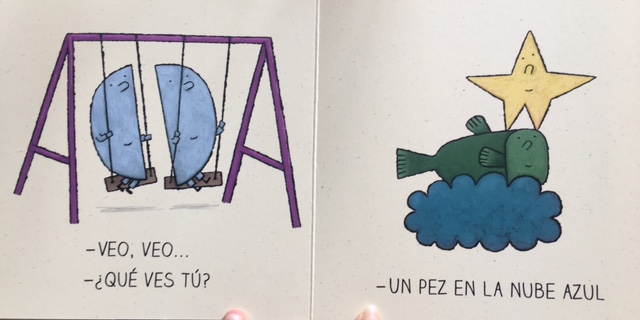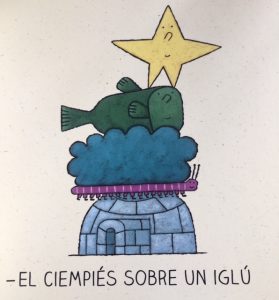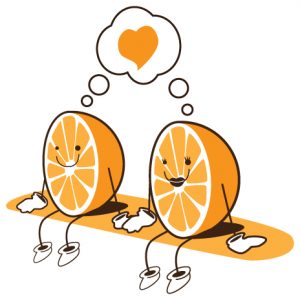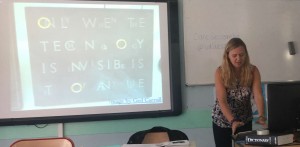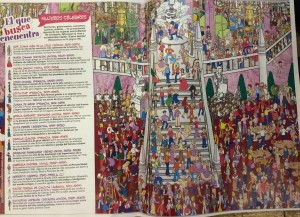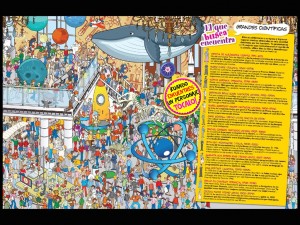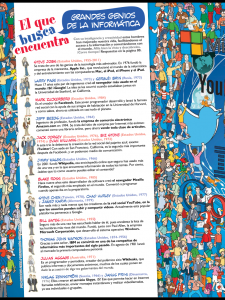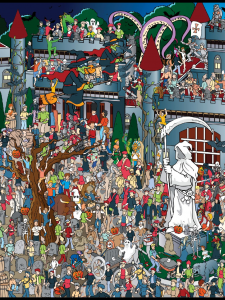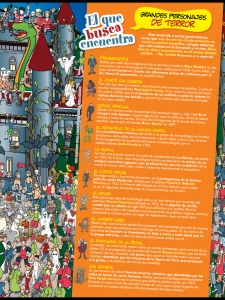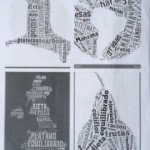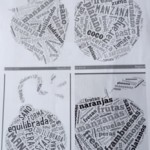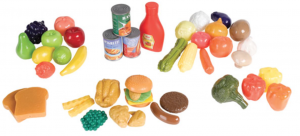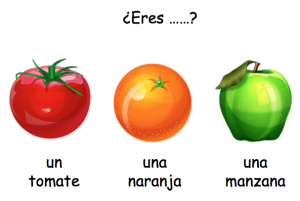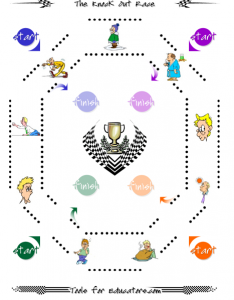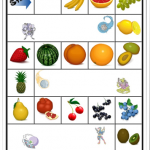The last (for now!) of the poems that have caught my eye from the anthology Los Mejores Versos de Gloria Fuertes that I purchased from Little Linguist
This one is entitled Paisajes para que los pintes and was chosen once more for simplicity of structure, but also because it immediately sparked ideas in my mind.
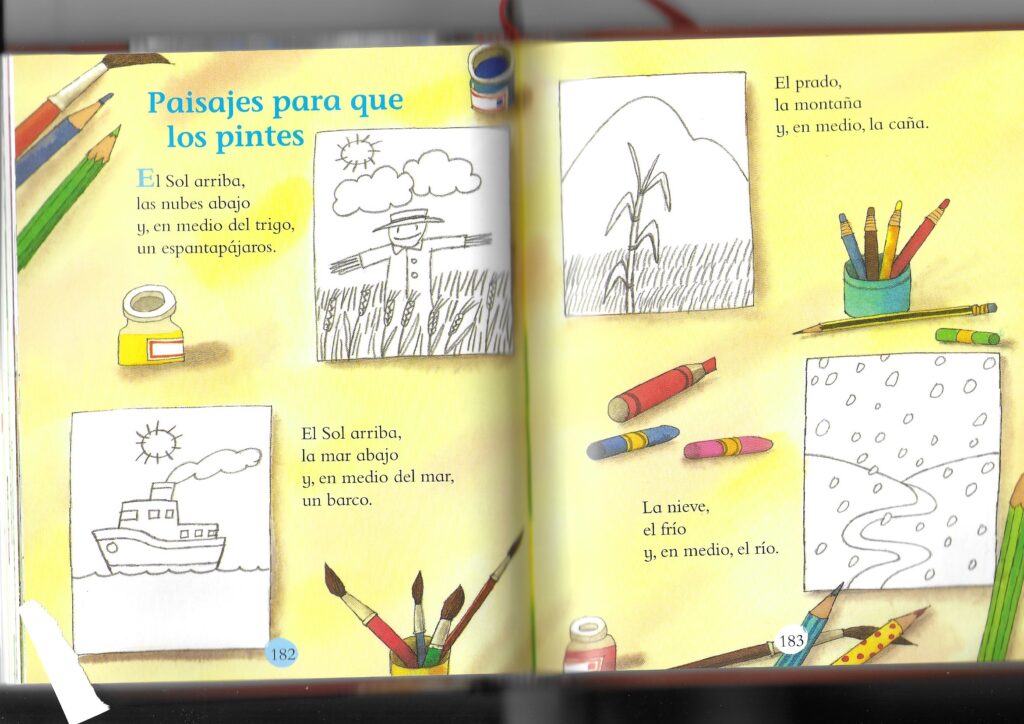
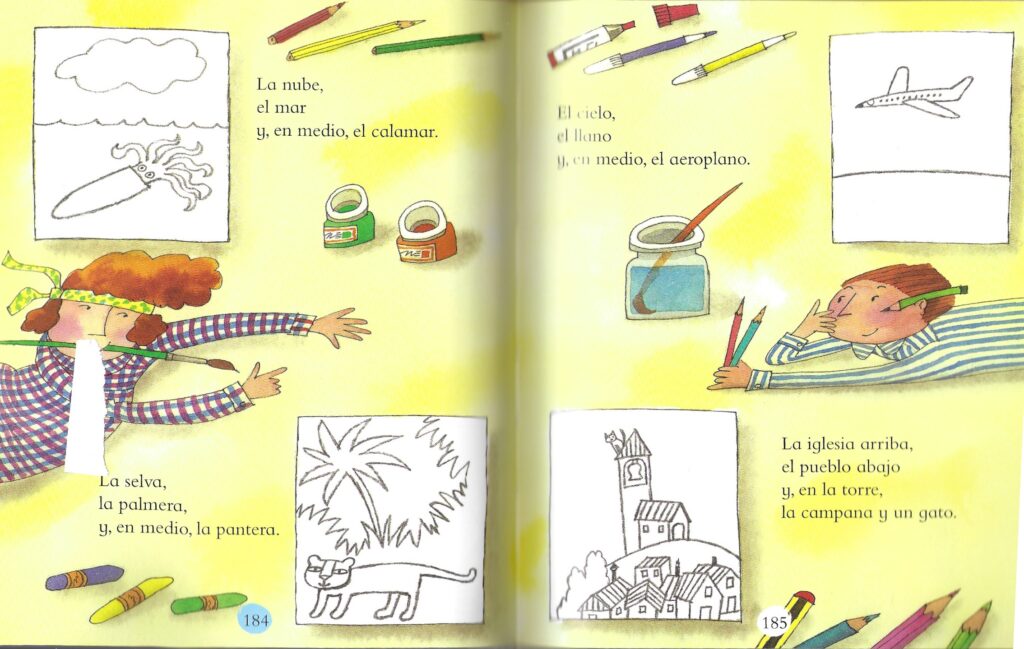
Each ‘estrofa’ decribes a very simple image with the basic structure
Arriba (top)
Abajo (bottom)
En medio (in the middle)
In the first couple of estrofas this is made explicit but after that, the pattern has been established so the prepositions are omitted although the structure remains.
I immediately saw a pairs game – can you match the image to the description?

And then I thought of back to back dictation where two children sit back to back and one describes a picture that the other then draws. In ‘times of COVID’ this could be done as an activity on a recorded or live lesson, or as a whole class activity once we’re back to school. It could be one of the descriptions from the poem or one of their own.
Which brings us to rewriting the poem – so easy to do by simply substituting nouns.
1. Los pájaros arriba,
Los campos abajo,
y, en medio, la cuidad.
2. En el cielo, las nubes
En el corral, la oveja
y, en medio, la granja.
3. Arriba, el sol
Abajo, el mar;
En medio de la playa, la palmera.
You could make it harder by challenging children to make the lines rhyme – you might find Rimar.io or Woxicon helpful! It could lead to some fun, unpredictable pictures and is a good activity for dictionary skills too! You could extend the poems by adding adjectives too:
Arriba, las nubes blancos,
Abajo, un hombre en zancos.
En medio del colegio, toca un arpegio.
I can see this as a lovely way to celebrate learning too as it would be easy for children to illustrate their poems then record them, creating a class anthology either as video, stored online or printed out using QR codes to access the audio.
Can you see ways to use this poem too? Please share them in the comments!
Now to do some work as half term is nearly over and I have pupils awaiting their next lesson!
Translation:
Landscapes for you to paint.
The sun above,
The clouds below
And, in the middle of the wheat,
A scarecrow.
The sun above,
The sea below
And, in the middle of the sea,
A boat.
The meadow,
The mountain
And, in the middle, the cane.
The snow,
The cold
And, in the middle,
The river.
The cloud,
The sea
And, in the middle,
The squid.
The jungle,
The palm
And, in the middle,
The panther.
The sky,
The plain
And, in the middle,
The aeroplane.
The church above,
The town below
And, in the tower,
The bell and the cat.
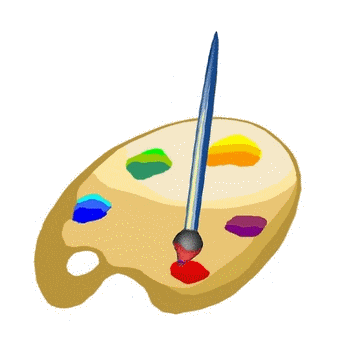



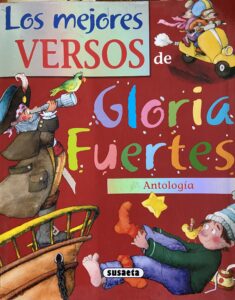

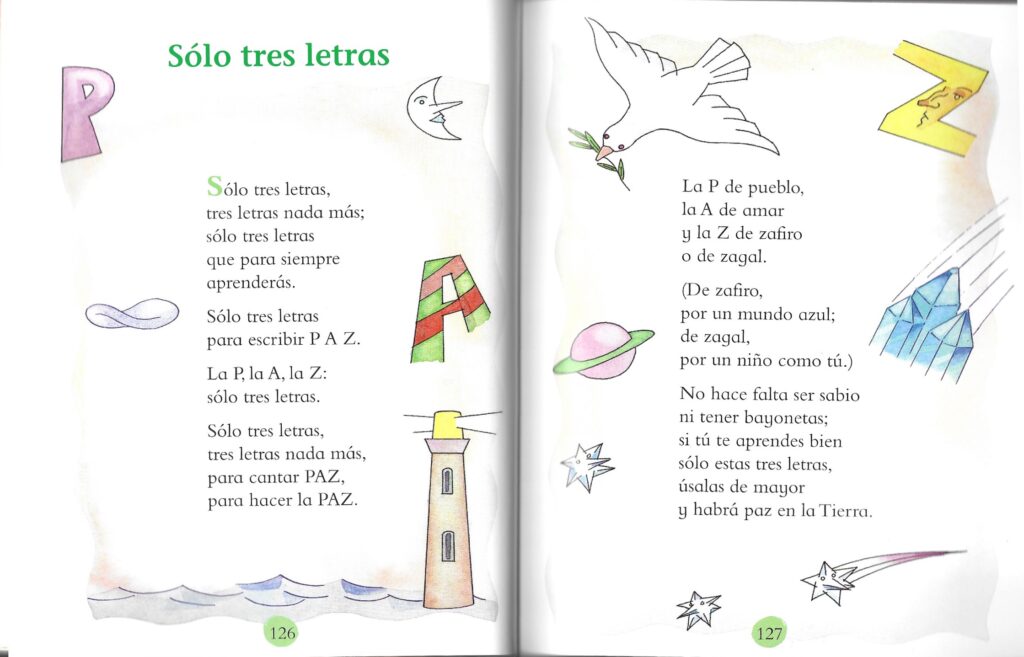

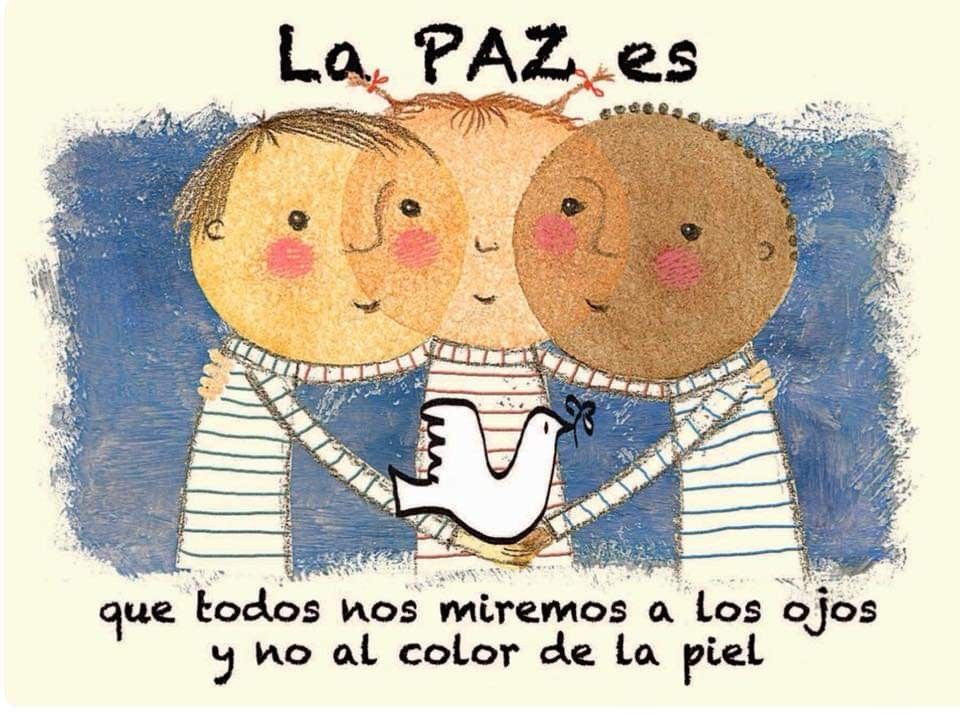

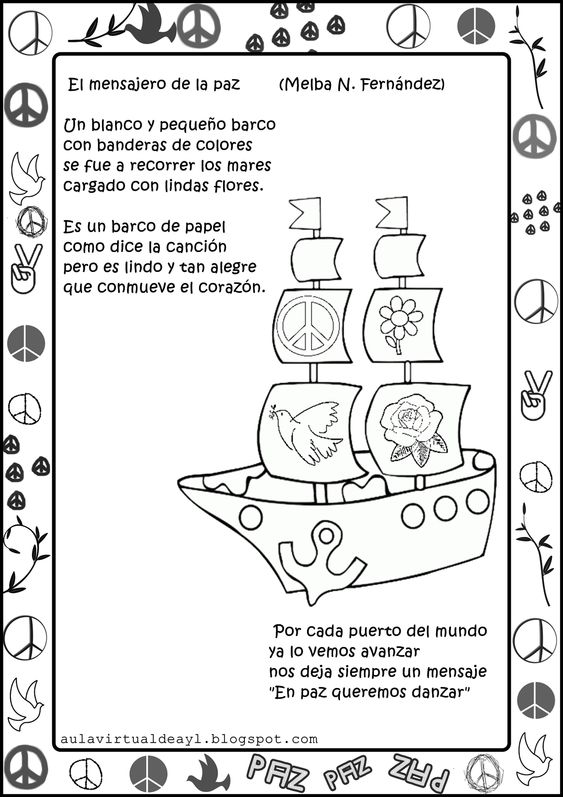
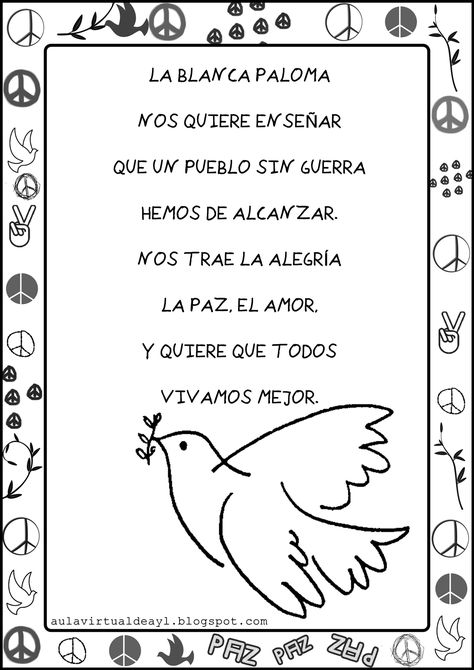
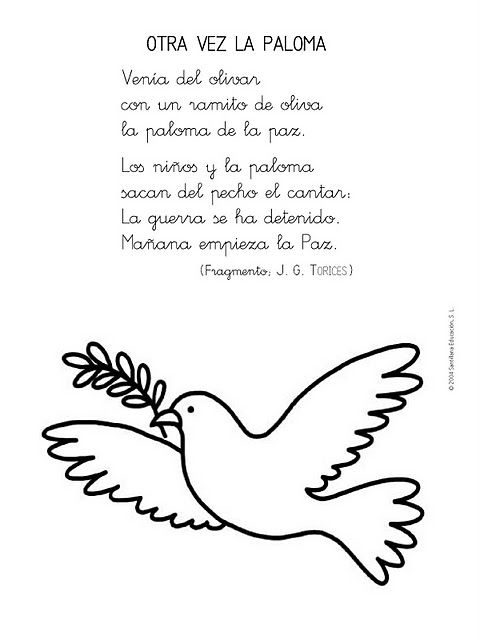

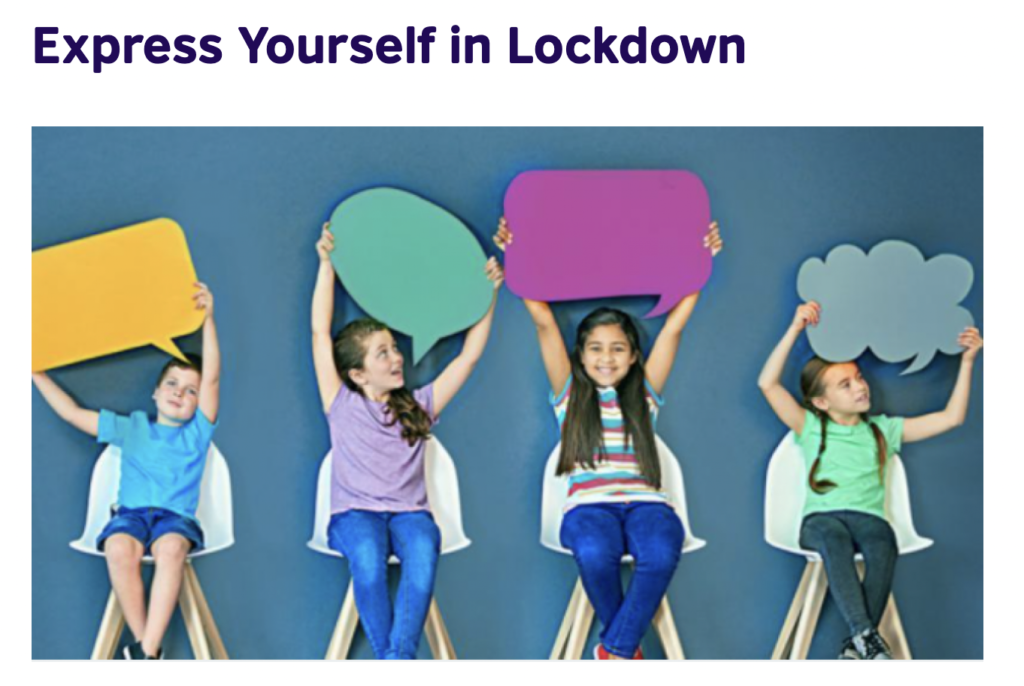


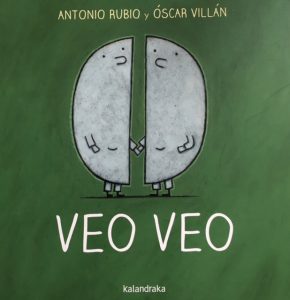 It’s a really simple board book about two ‘lunas’ or moons that go for a walk to the park and play I spy. I liked it for the simplicity of the languages, for the repetition and also for the simplicity of the images.
It’s a really simple board book about two ‘lunas’ or moons that go for a walk to the park and play I spy. I liked it for the simplicity of the languages, for the repetition and also for the simplicity of the images.